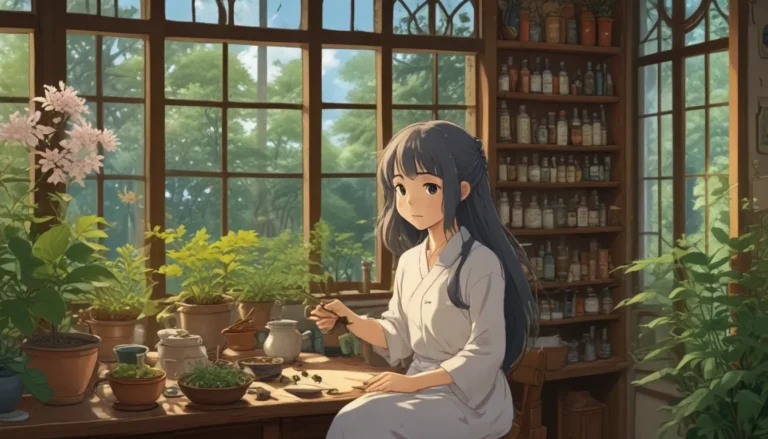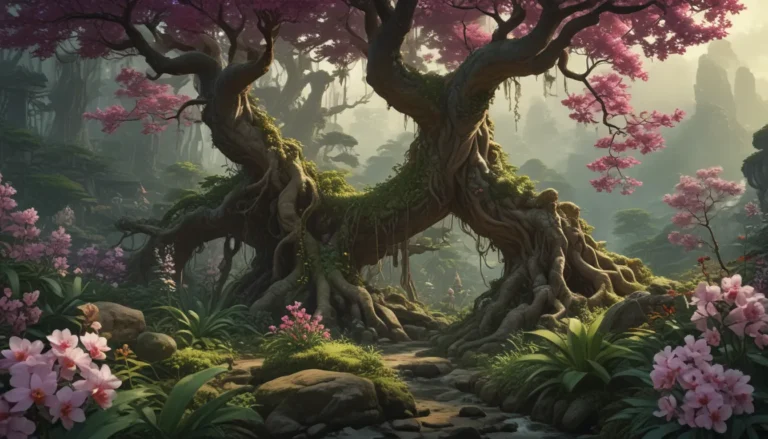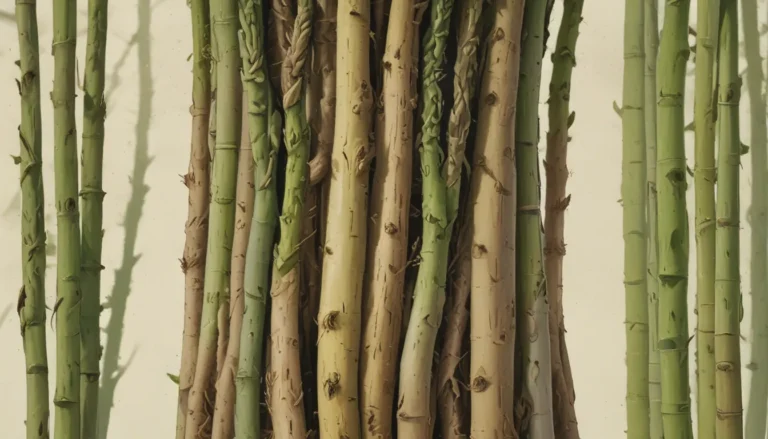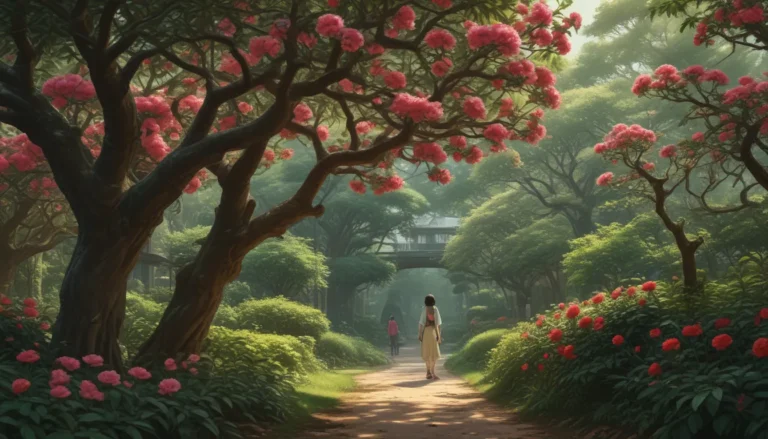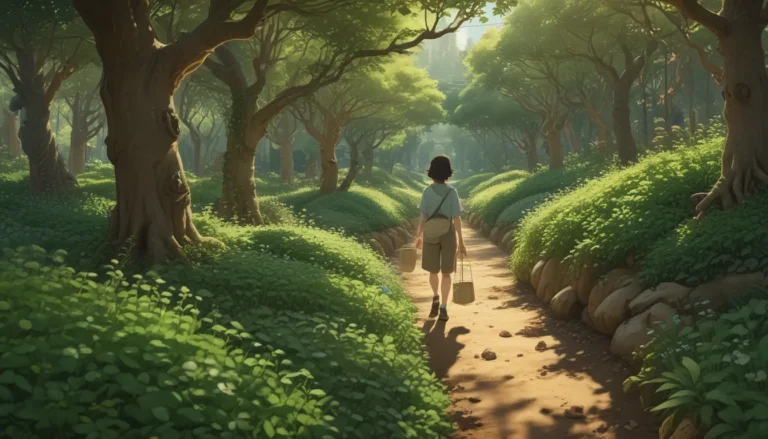The Ultimate Guide to Mixing Your Own Bonsai Soil for Healthy Plant Growth

Are you ready to take your gardening skills to the next level? One way to do this is by delving into the world of bonsai. Growing these miniature trees in small pots is not only an art form but also a rewarding hobby.
However, the success of your bonsai largely depends on the soil you use. Bonsai soil is different from regular garden soil and potting soil because it needs to provide the perfect balance of drainage, water retention, and aeration for the plants to thrive.
In this comprehensive guide, we will explore everything you need to know about bonsai soil, from its composition to how to mix it yourself. So, let’s get started!
What You’ll Learn
Are you excited to learn more about bonsai soil? Here’s a sneak peek of what you can expect in this guide:
- What Is Bonsai Soil?
- The Right Elements
- Mixtures
- Using Your Substrate
- Create a Healthy Foundation for Your Bonsai
What Is Bonsai Soil?
Let’s kick things off by understanding the importance of bonsai soil. Bonsai soil is more than just a medium for anchoring your plants. It also serves as a reservoir for water and nutrients, while allowing oxygen to reach the roots.
Unlike traditional garden soil, bonsai soil needs to be lightweight and able to drain well. It should also provide insulation against temperature fluctuations and excess moisture. This is where the right mix of organic and inorganic materials plays a crucial role.
The composition of bonsai soil varies depending on the species of plant you are growing. Tropical plants, for example, require soil with better water retention, while conifers prefer a lighter mix. It’s essential to cater to the specific needs of your bonsai to ensure its health and vitality.
The Right Elements
To create the perfect bonsai soil mix, you’ll need a combination of clay, rock, grit, and compost. Here’s a breakdown of the key components:
- Clay: Clay helps retain moisture in the soil. Popular options include akadama and turface, which improve drainage and water retention.
- Rock: Volcanic rocks like lava or pumice enhance soil porosity, promoting better aeration for the roots.
- Grit: Coarse river sand or crushed granite can be used to improve drainage and add structure to the soil.
- Compost: Well-rotted compost provides essential nutrients for your bonsai. You can also add rice hulls or coconut fiber for improved drainage.
Depending on the type of bonsai you are growing, you’ll need to adjust the proportions of these elements. Evergreen conifers, deciduous trees, and tropical plants each have unique requirements when it comes to soil composition.
Mixtures
Mixing your bonsai soil is an art in itself. For evergreen conifers, a balanced mix of clay, rock, and compost works best. Deciduous trees may need more clay and less compost, while tropical plants thrive in equal parts of all components.
Before mixing your materials, be sure to sift them to remove any fine dust that can clog the soil. Avoid using gravel at the base of the pot, as it can hinder root growth and lead to overwatering issues.
Using Your Substrate
Once you’ve prepared your bonsai soil mix, it’s time to repot your plants. Whether you’re transplanting a nursery-bought bonsai or reinvigorating an existing plant, using your homemade substrate is key to their success.
Regular repotting allows you to refresh the soil, as organic materials break down over time and limit oxygen access to the roots. By maintaining a healthy foundation, you can ensure the long-term health and growth of your bonsai.
Create a Healthy Foundation for Your Bonsai
In conclusion, bonsai soil is the backbone of a thriving miniature tree. By understanding the unique needs of your plants and creating the right soil mix, you can set them up for success.
Experiment with different combinations of clay, rock, grit, and compost to find the perfect balance for your bonsai. Remember to tailor your mix to the specific requirements of your plant species for optimal results.
Now that you’re equipped with the knowledge to create your own bonsai soil, it’s time to get your hands dirty and nurture your plants to greatness. We’d love to hear about your bonsai journey and see how your creations are flourishing. Share your experiences and photos in the comments below!
If you’re looking to expand your bonsai knowledge, check out our other guides on getting started with your first bonsai tree, introductory information for beginners, and growing and training dracaena plants as bonsai.
By following these steps and guidelines, you’ll be well on your way to becoming a bonsai soil mixing expert. Remember, the key to healthy bonsai growth lies in the foundation you provide through the right soil composition.
Let’s continue to cultivate our bonsai skills and create beautiful, thriving miniatures. Happy gardening!
